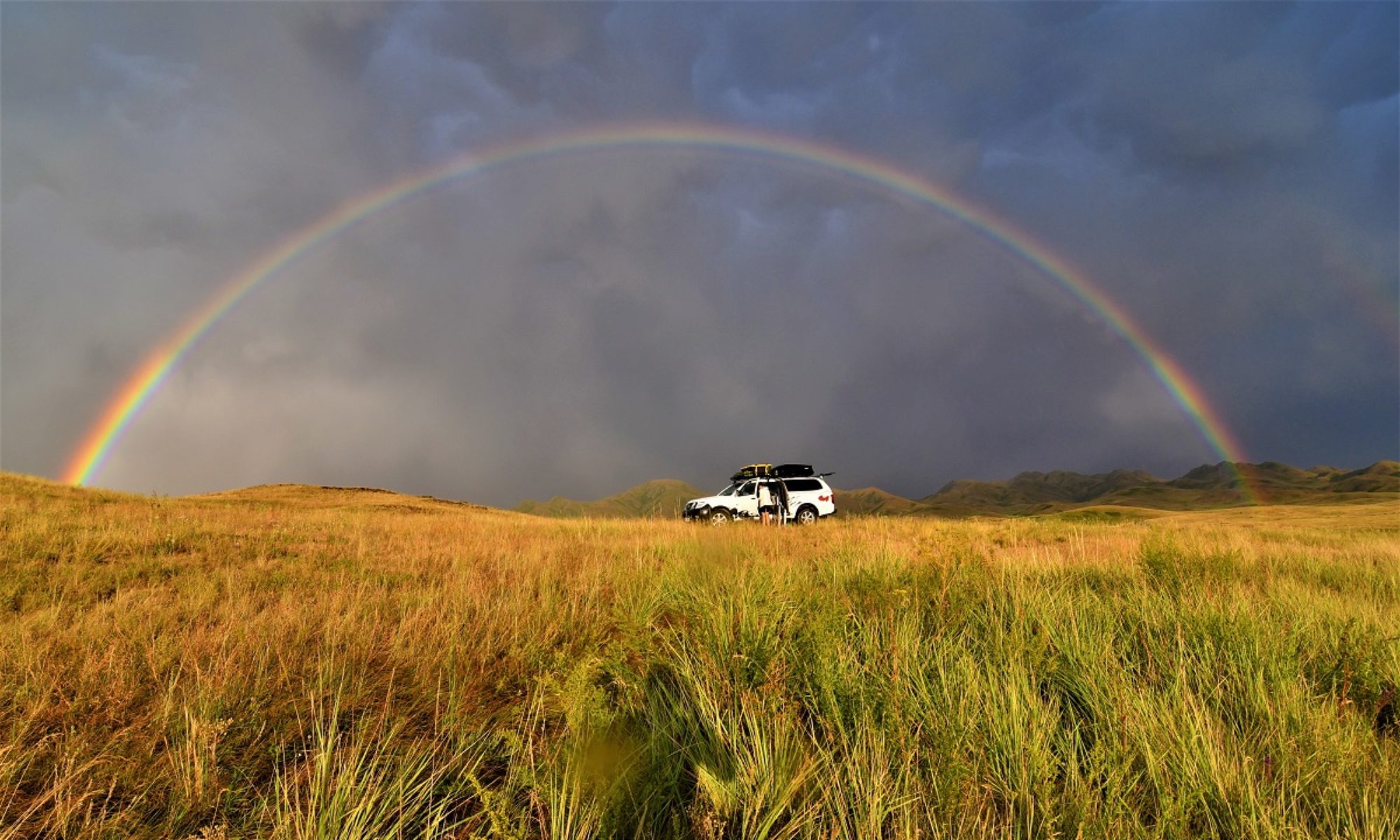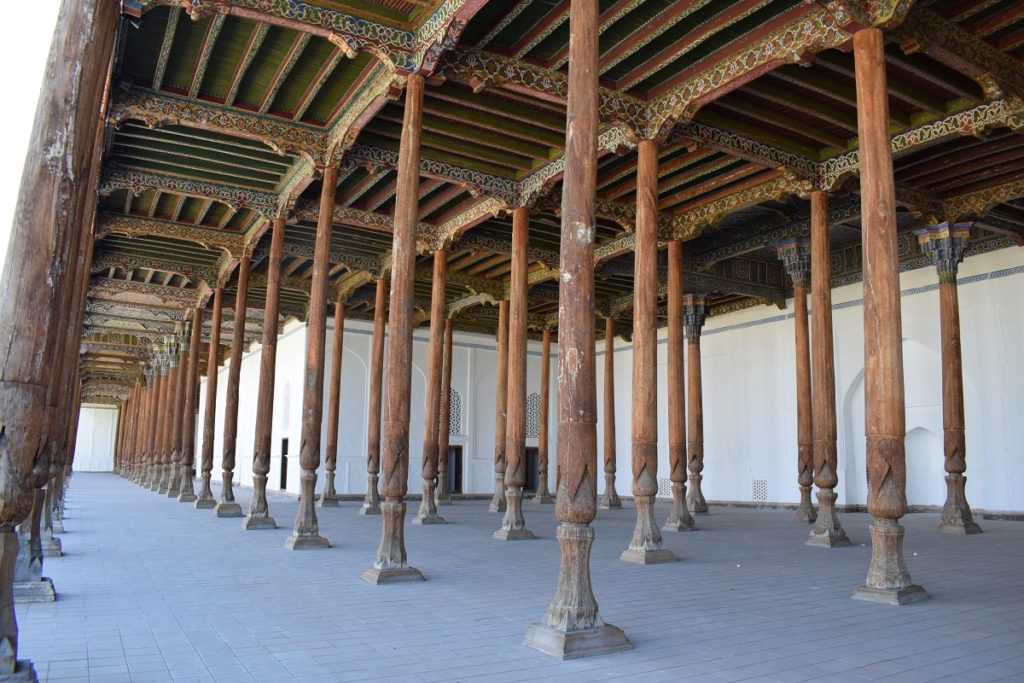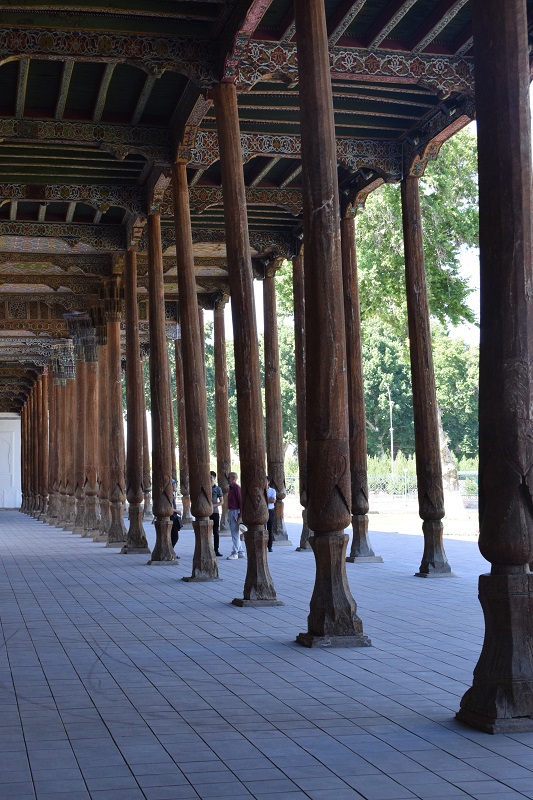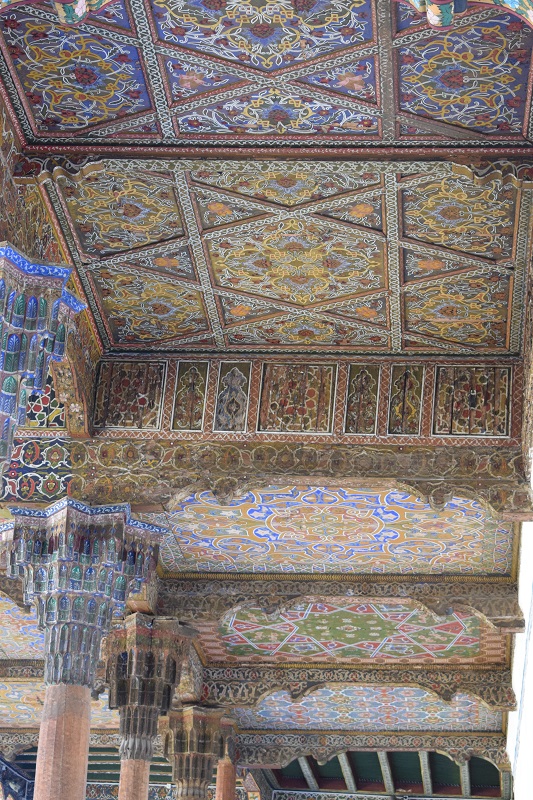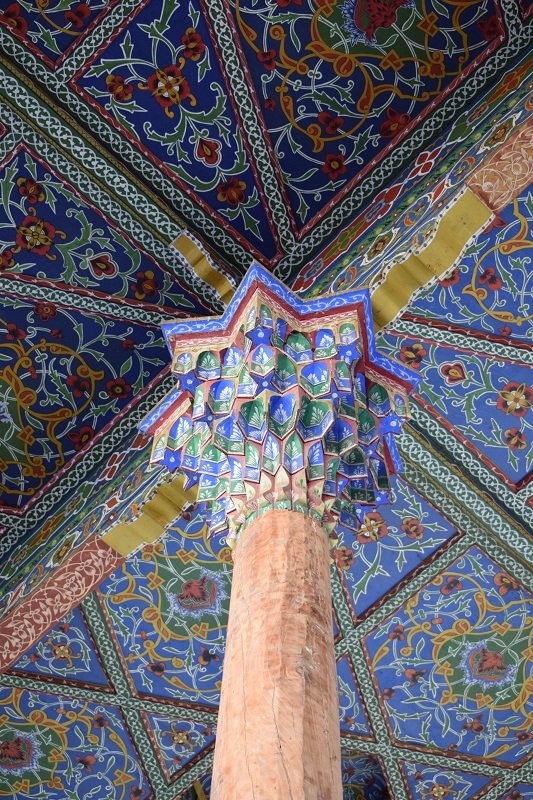Monday 20th May, 2019
Arrived in Taskent mid-afternoon where the family of a friend was expecting us. We were happy to see everyone again and made very welcomed.
Tuesday 21st May, 2019 – Saturday 25th May, 2019
We have to get the car fixed and this is proving to be a headache. There are practically no Nissan cars in Uzbekistan and the one so-called dealer in Tashkent was not very helpful. He quoted some ridiculous price to order the part from Japan. Our friends did all they could to try and source the part in neighbouring Kazakhstan, but again it was at a premium and it would have to be ordered from England…. the local mechanics could repair/fabricate the part from scratch but just could not find the right steel …
To cut a long story short, we ended up ordering direct from England and after a few more upsets due to late delivery by the courrier, the parts are due to arrive on Saturday 1st June!
Monday 27th May, 2019 MARGILAN
Since we are a bit at a loose end, decided to go to the Ferghana valley for a couple of days. We were due to visit after Tashkent but our time will be limited when and if we can get the car back on the road, so might as well go now.
The Ferghana Valley is a narrow piece of land ( 300 x 170 km) that extends east of Tashkent and is surrounded by the Chatkal and Ferghana mountain ranges (Kyrgystan) in the north and east and the Pamir-Alai (Tadjikistan) in the south. This is a fertile flood plain of the river Syr-Darya. and as such has been coveted by many, from Alexander the Great to Turkic, Chinese and Arab and more recently Soviet rulers. The valley is the most densely populated part ofCentral Asia (almost 30% of the uzbek population live there).
There are no long distance buses going into the Ferghana valley so we had to take a shared taxi. It is a 5 hour drive to Margilan, going over the Kamchik Pass ( 2,268m).
Margilan has long been privy to the secrets of sericulture and a major Silk Road stop from the 9th century onwards. Its name is said to derive from “murgh” (chicken) and “nan” (bread) which were offered to Alexander the Great upon his arrival in the town. During soviet times mass machinery transformed the local sericulture from handicraft to mass production. Today only a couple of factories still produce the silk in the traditional way. We visited one of them ( Yodgorlik), where you can follow the whole process.
Сenturies-old traditions of hand-woven silk and cotton fabrics have been an essential part of national clothes, culture and interior. The designs have various names, the most famous ones are: atlas, khan-atlas for silk and adras for cotton. The multi coloured patterns are obtained by twisting and tying the silk threads before the dying process. (this is called tie-dye or dye-resist process).
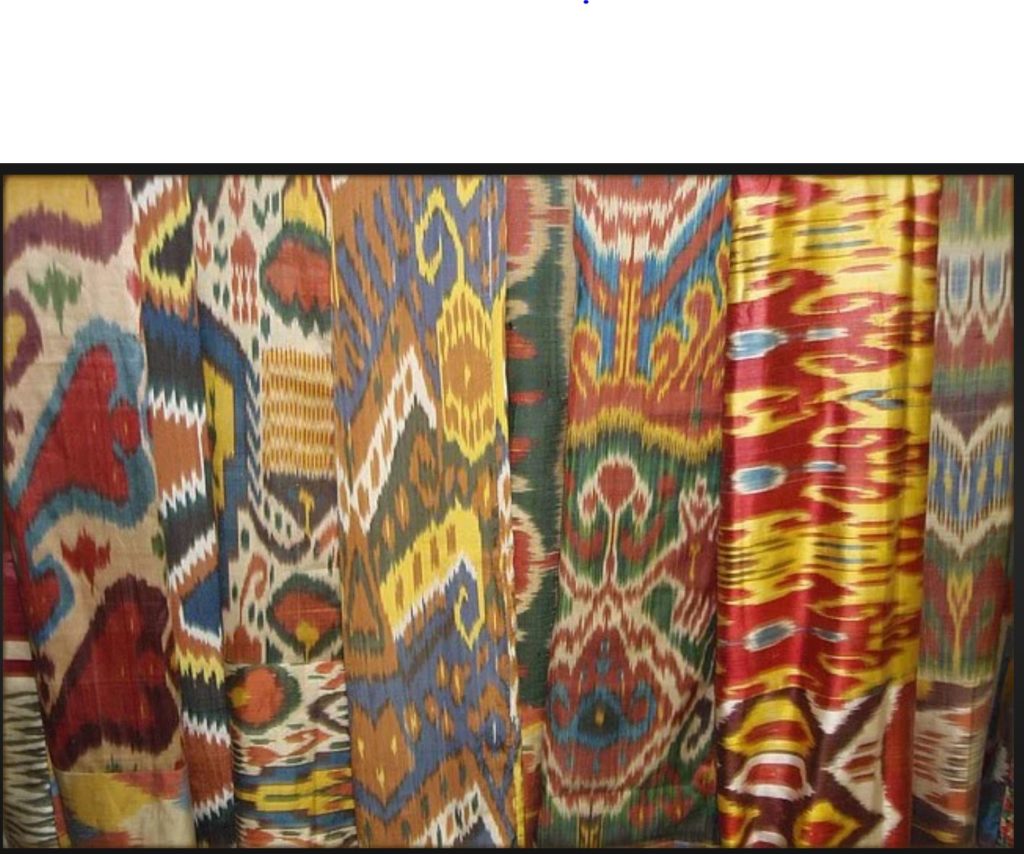
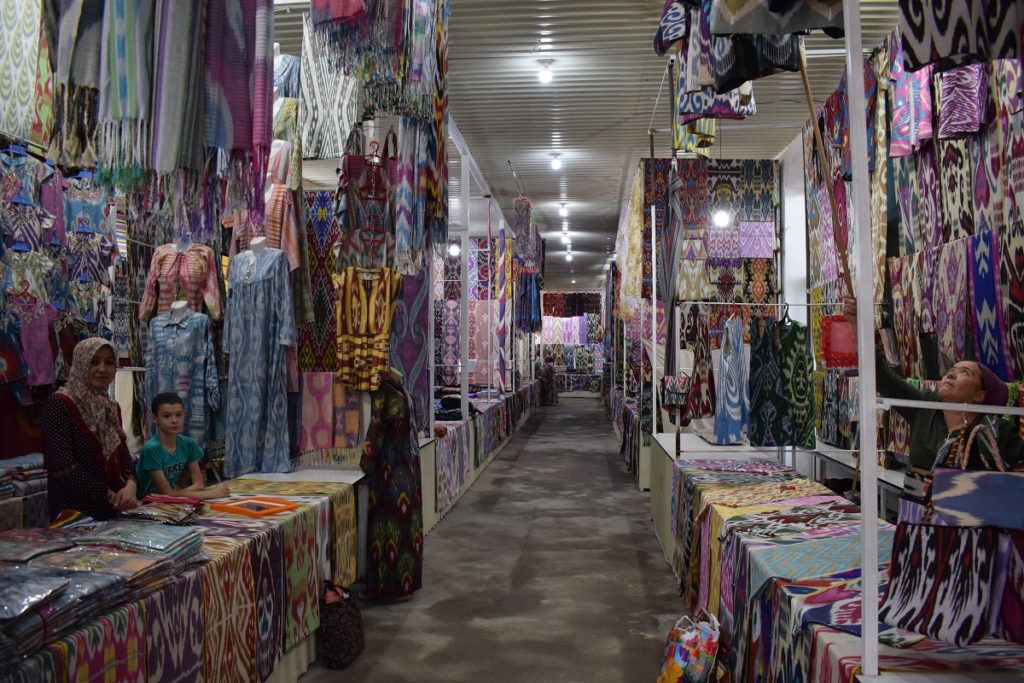
In the Bazaar 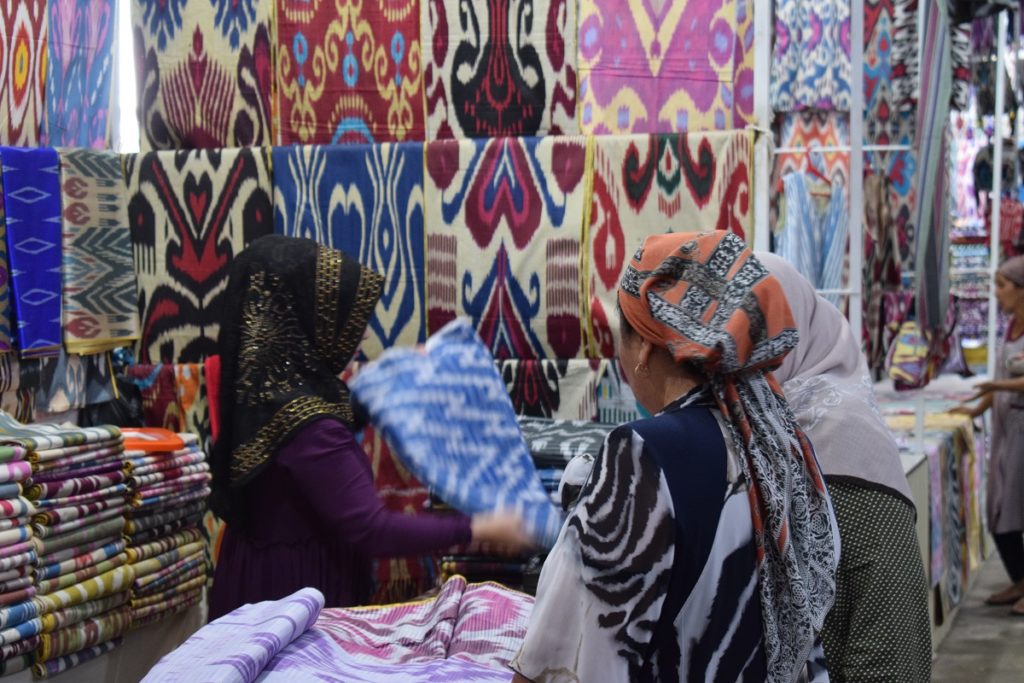
Margilan does not have much in terms of historic monuments. The Khonakhan Mosque we wanted to visit is undergoing renovation and seems to have lost its old intricate fergana woodcraft stairs and ceilings…
We instead wondered round the bazaar, where freshly-baked nons were in evidence everywhere along the usual selections of dry fruit, nuts and spices. We could not resist the delicious aroma of strawberries, fresh apricots and cherries. We tried some “white” apricots ( looks almost like a plum) but the taste is definitely apricot: juicy and sweet.
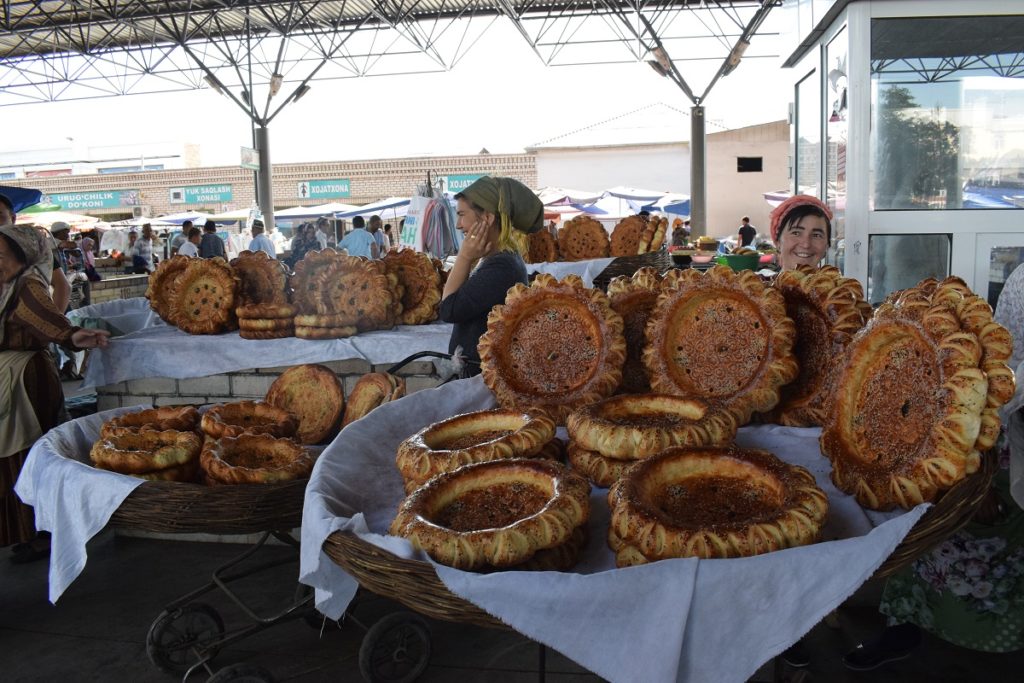

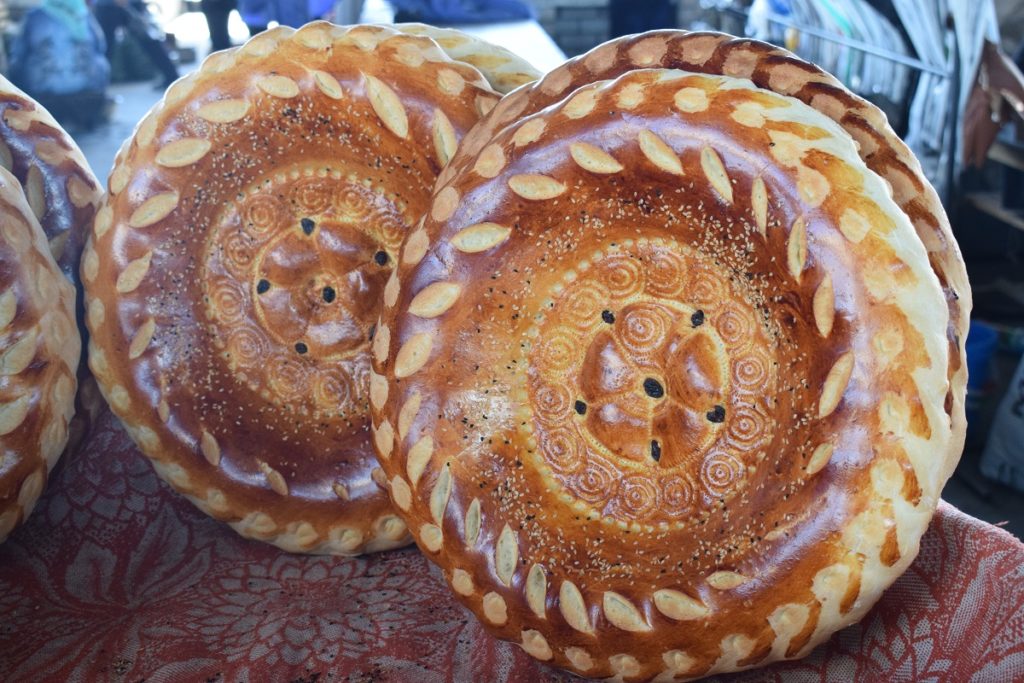
Non bread – Uzbekistan 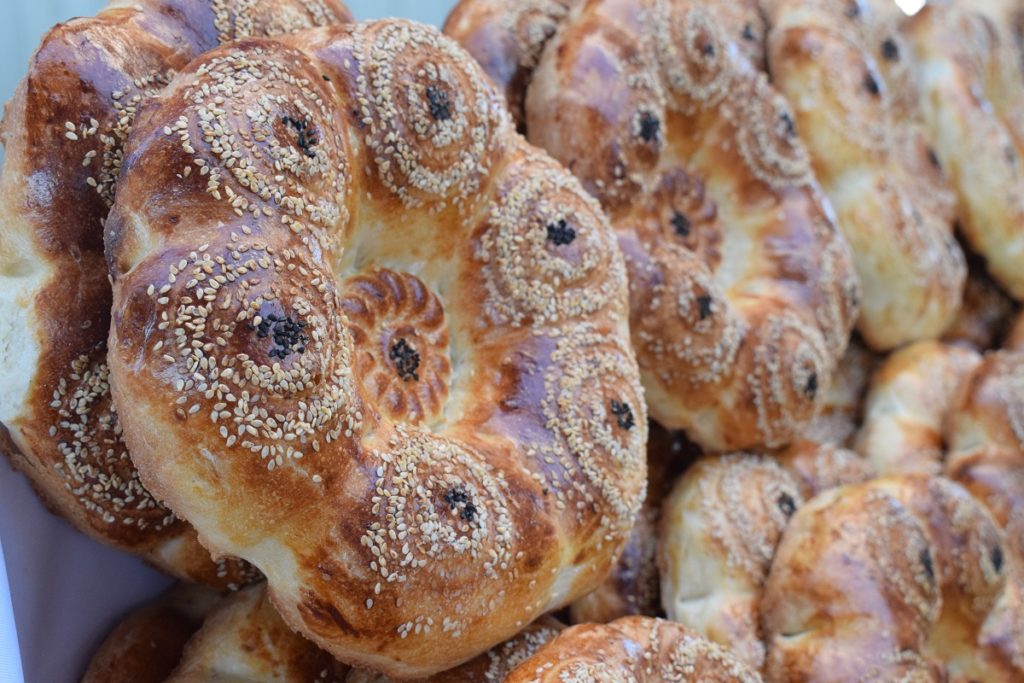
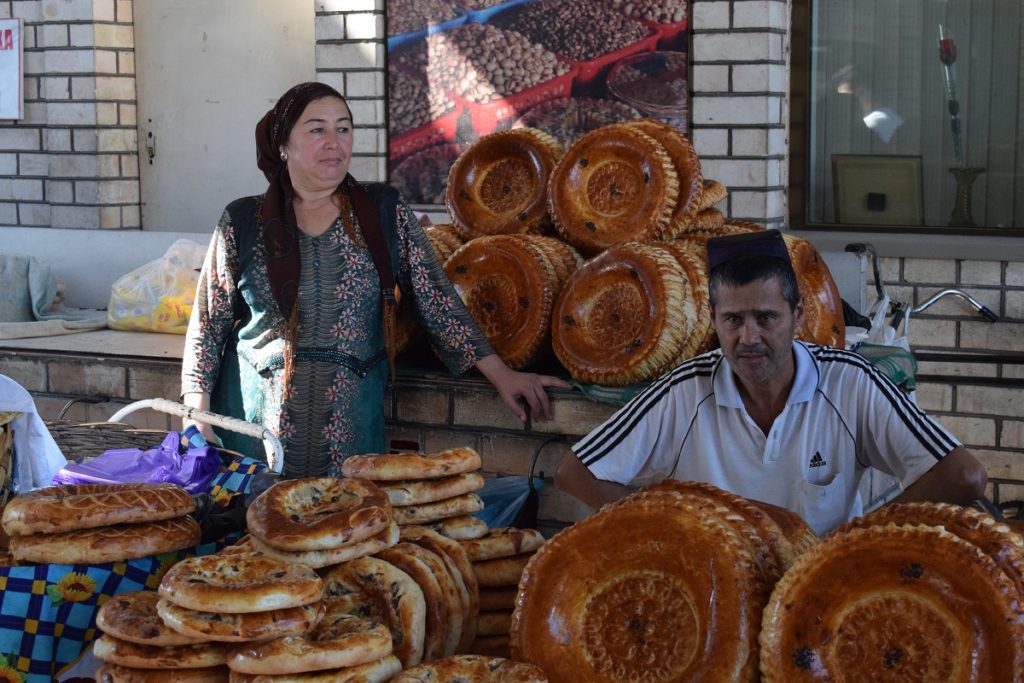
Bread sellers
Tuesday 28th May, 2019 – Kokand
Took another taxi to Kokand, an hour or so away. The town had an important role in the 19th century and lent its name to a powerful Khanate that extended from the Ferghana valley to Tashkent and southern Kazakhstan. Between 1863 and 1873, Khudayar, the Khan of Kokand built an extravagant palace citadel, the legend says for his Kyrgyz mother, who persisted in using a nomad yurt. Only 19 rooms survive from the original 113! Today it houses a local history museum.
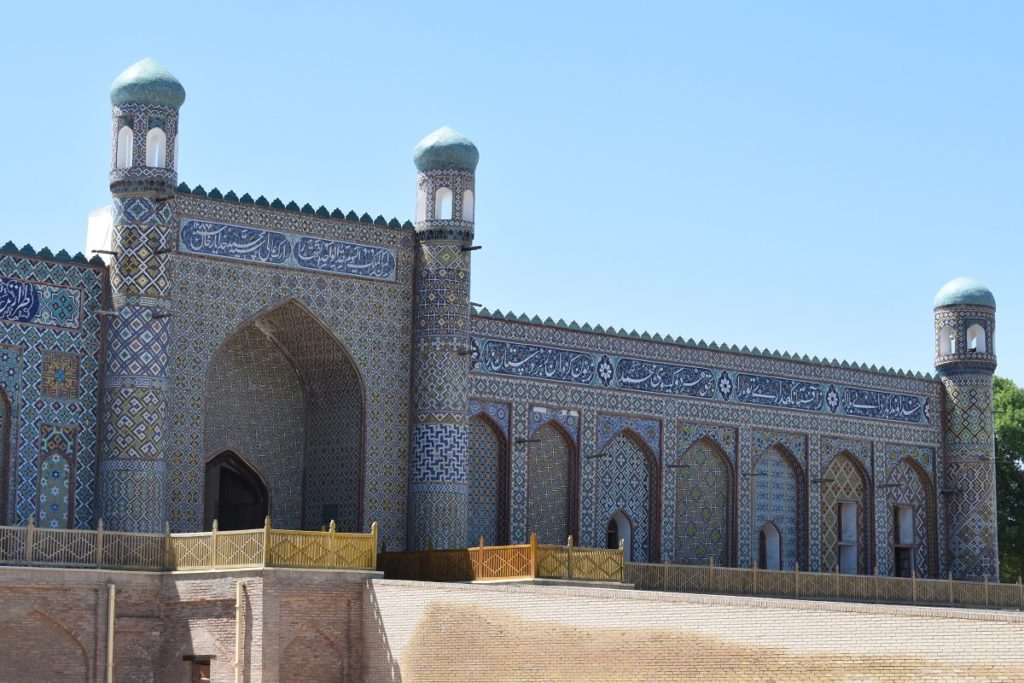
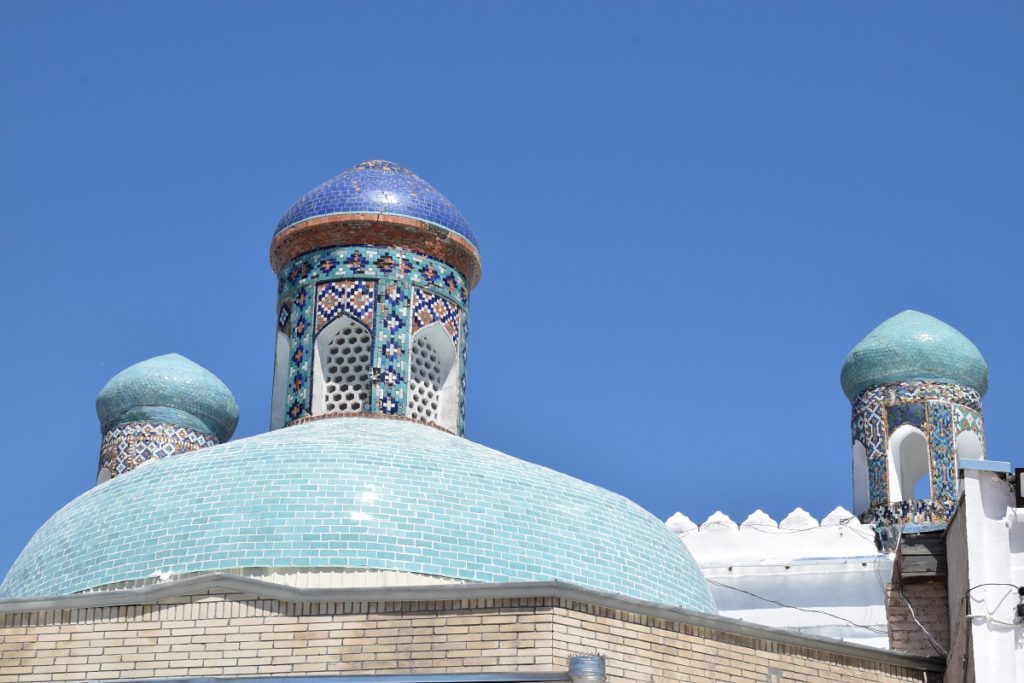
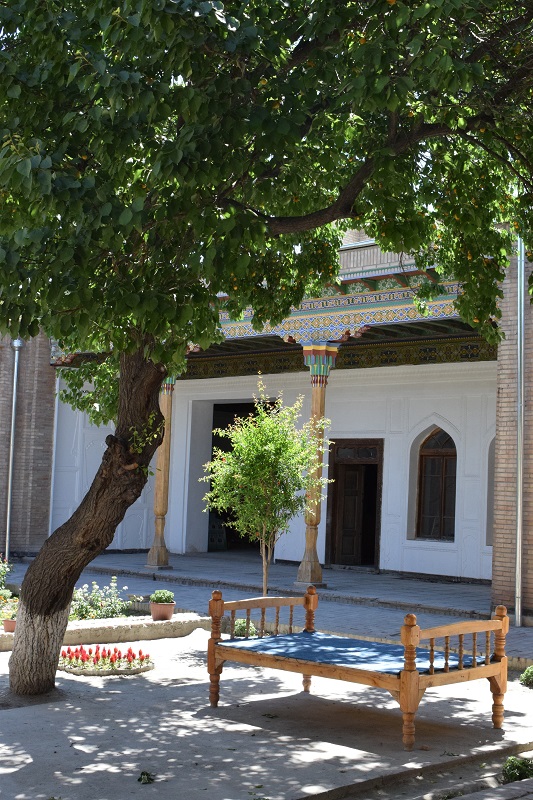
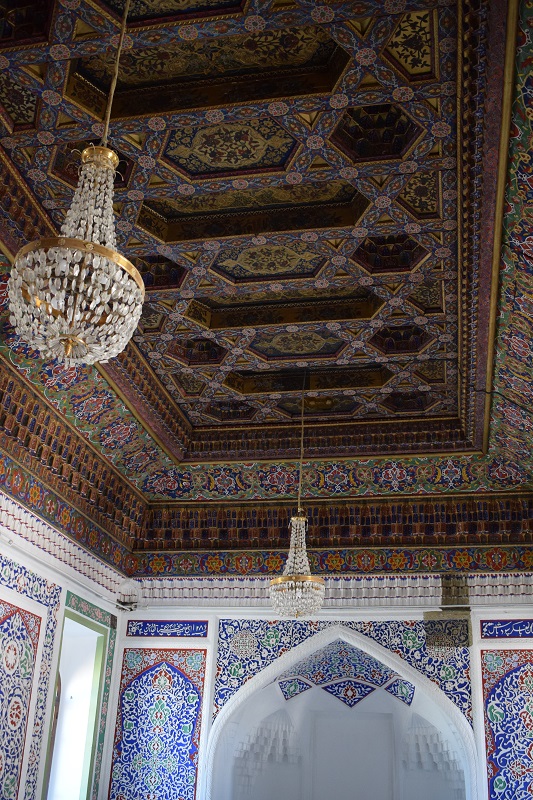
Recently restored ceiling in typical ferghana style
In the old part of town, the Juma Mosque has survived too . Built by Omar Sharif Khan between 1809 and 1812, it was shut in Soviet times but re-opened in 1989 after restoration. Built following the rural ferghana design it has a magnificent Iwan (covered portico), 100m long and supported by 98 wooden columns and decorated in the various colour and carving of the traditional ferghana architecture.
We are still in Ramadan ( Ramazan in uzbek) and restaurants only offer food after sunset, though not as strictly enforced as in Iran, the majority of people still observe this, especially in the Ferghana valley which is more religiousy conservative.
Wednesday 29th May, 2019
Took a local taxi to the shared taxi pick up point and got surrounded even before we could get out of the car by at least a dozen drivers and touts eager to get our business. They shout in your face and try to get you away to their car. ((one of the reasons we wanted to travel in our own car !). It is almost impossible to speak but we managed to get a ride with one driver who already had one passenger waiting so we could leave immediately and the driver agreed to drop us off at a metro station in Tashkent so it was easier for us to get back to our friends ‘house. We got back in Tashkent around 5pm.
